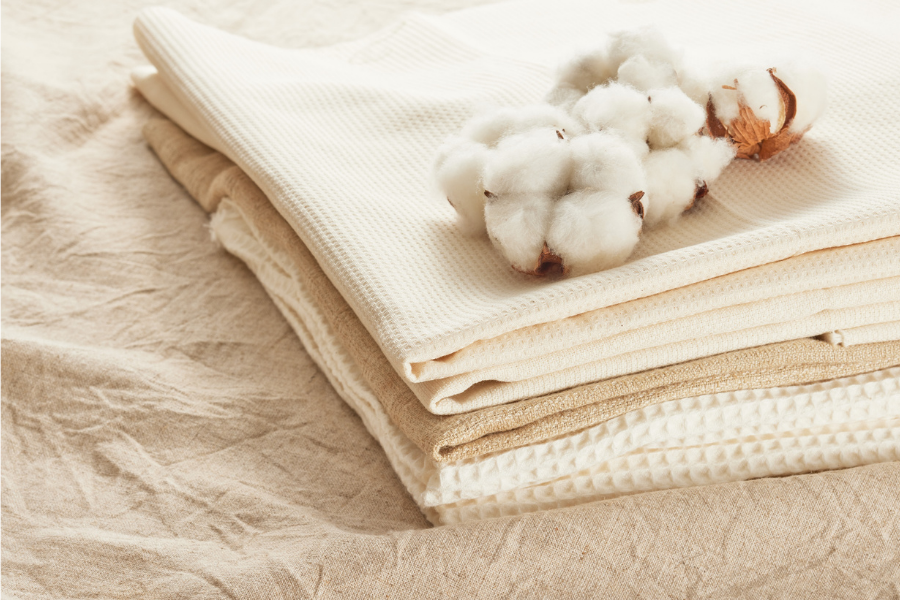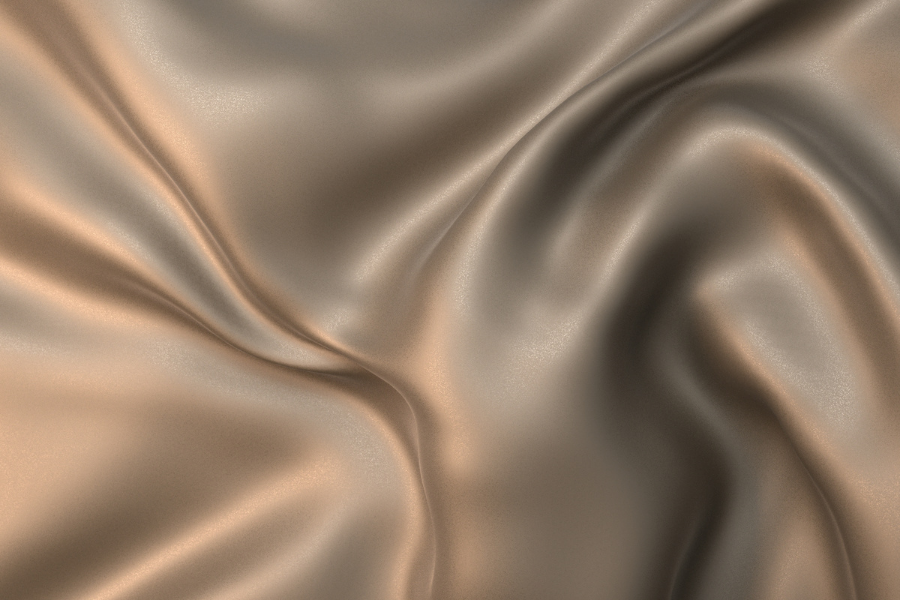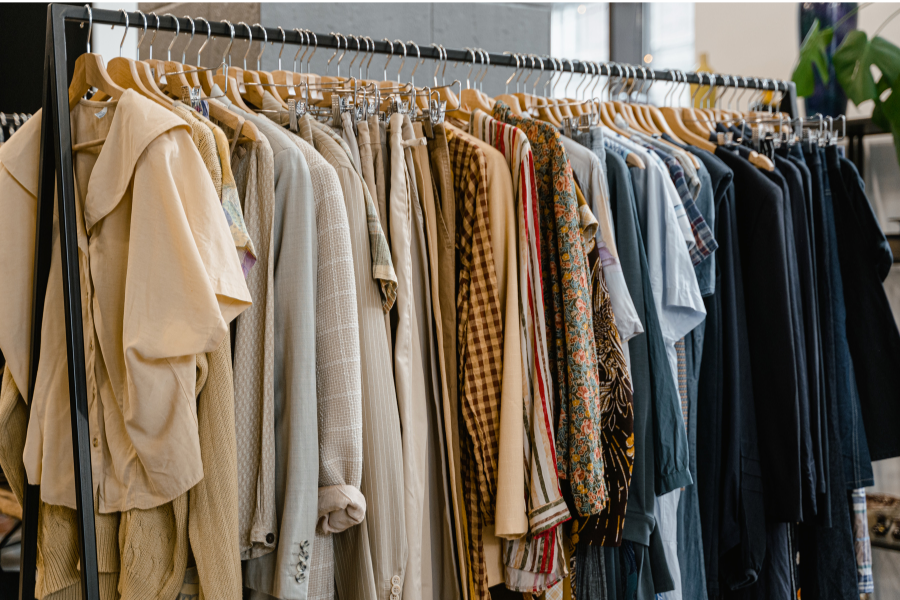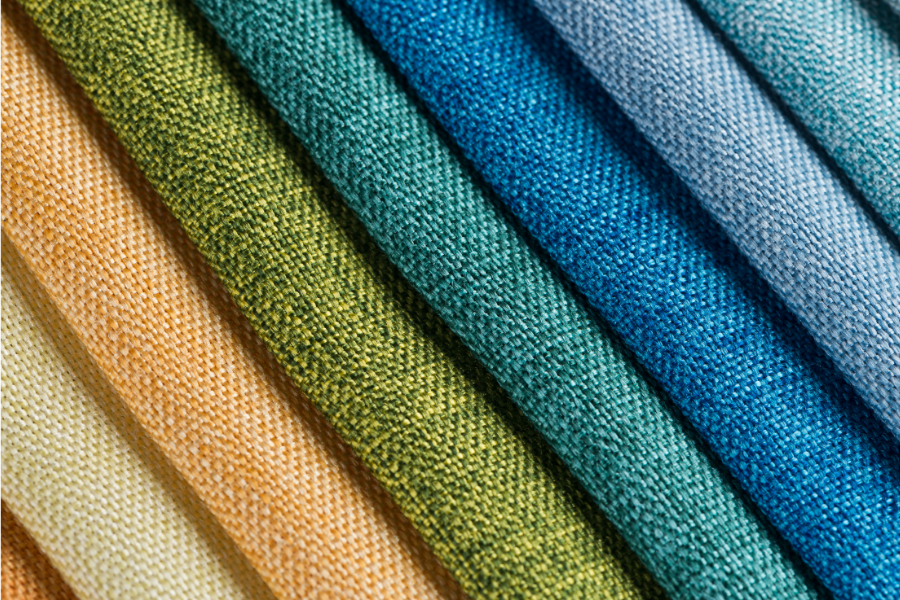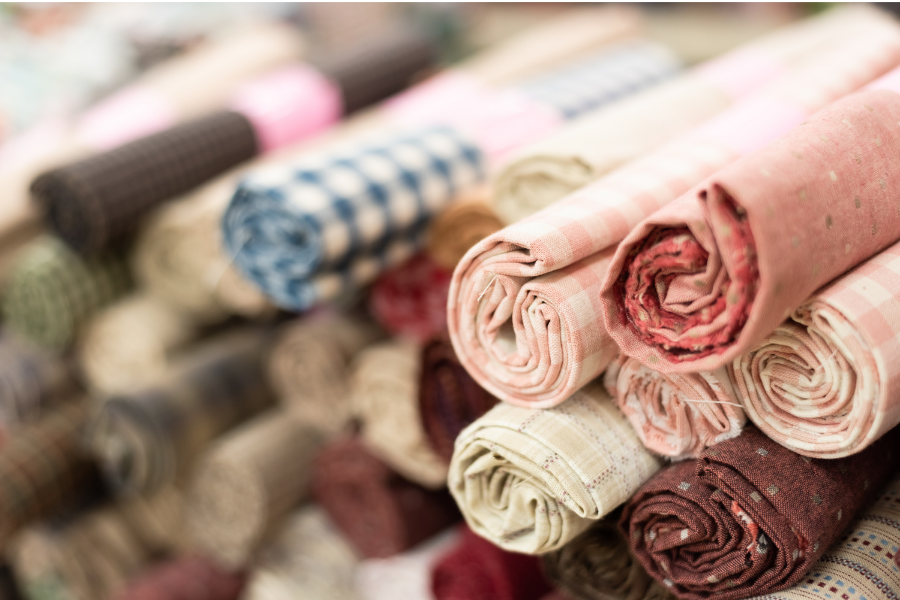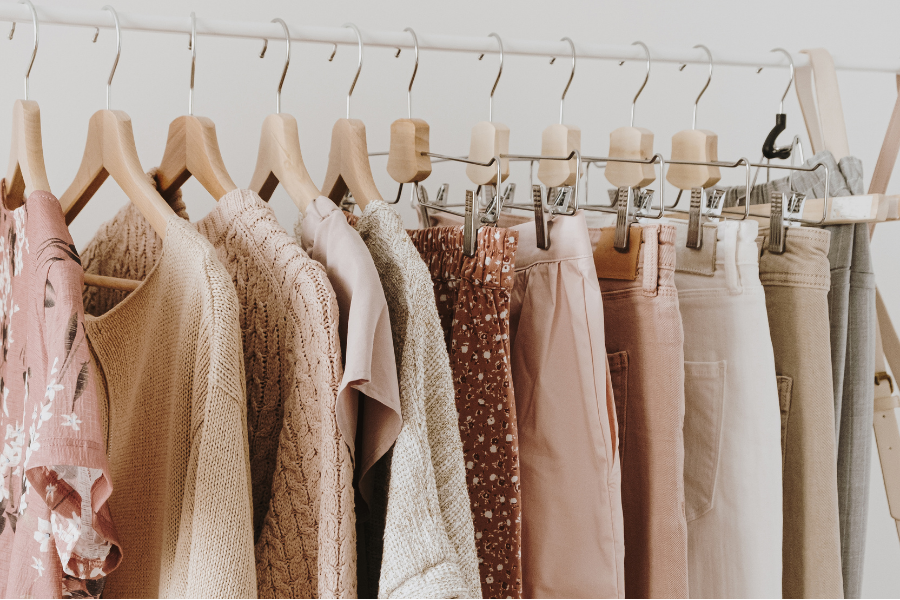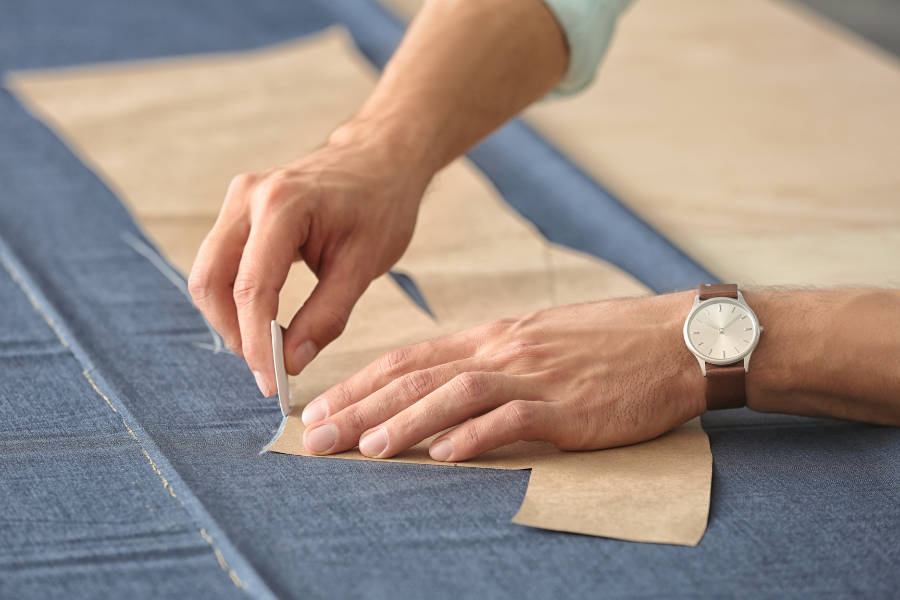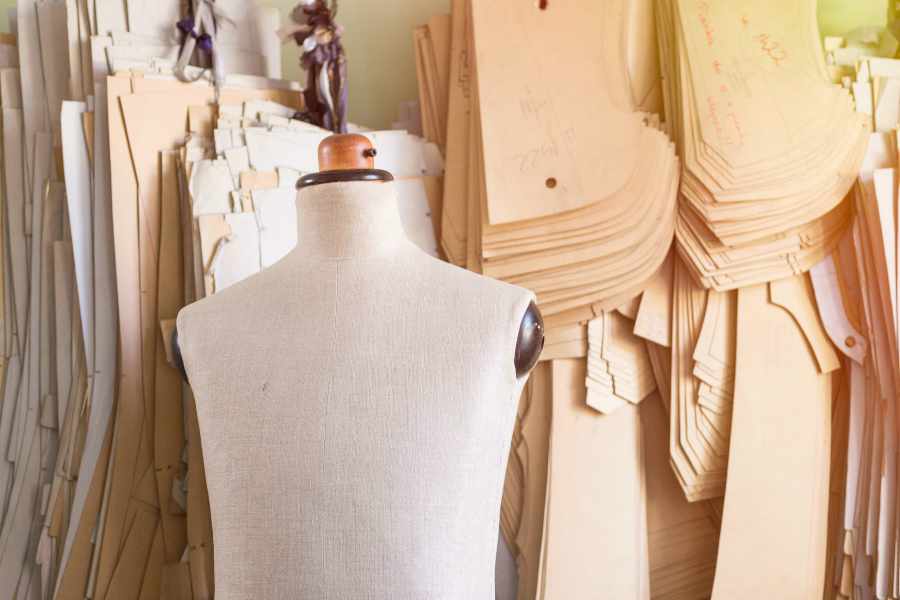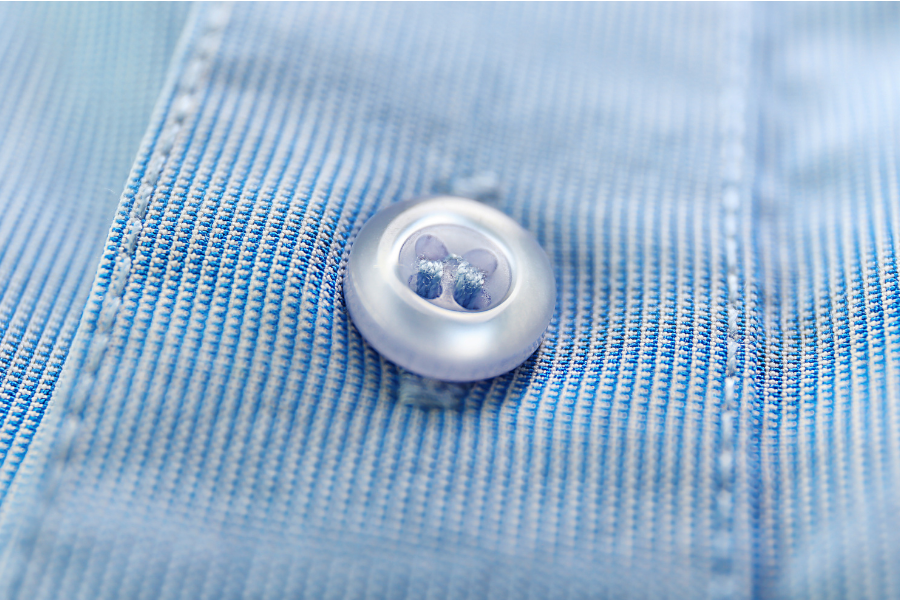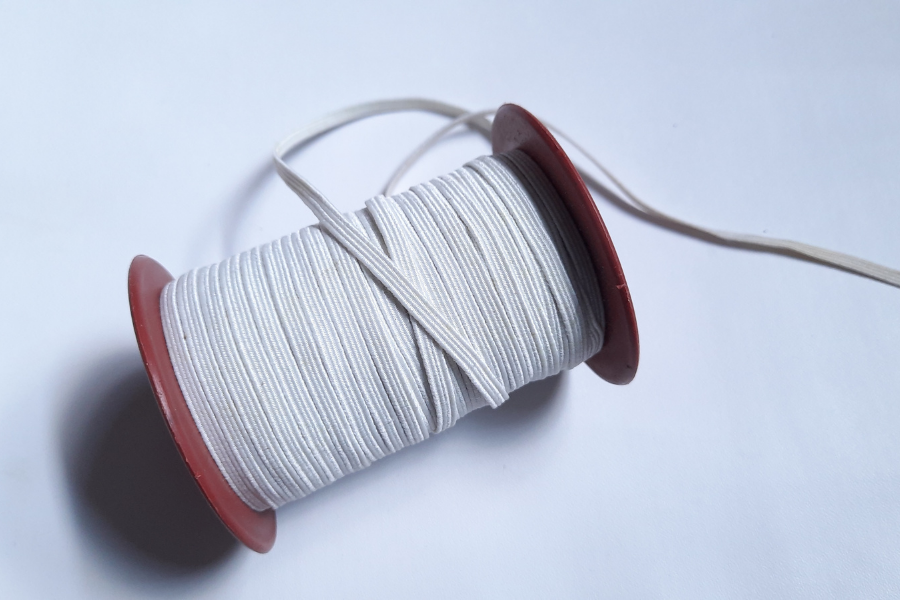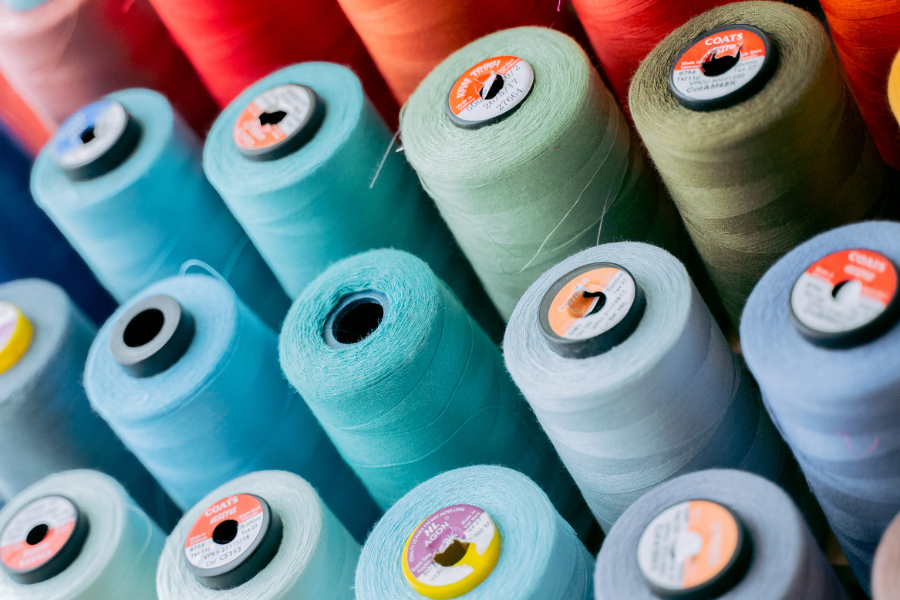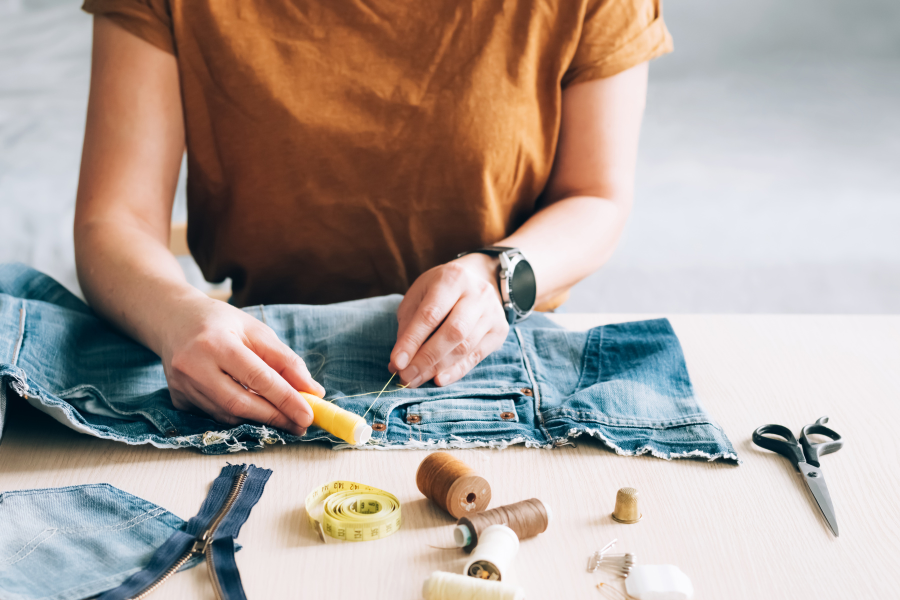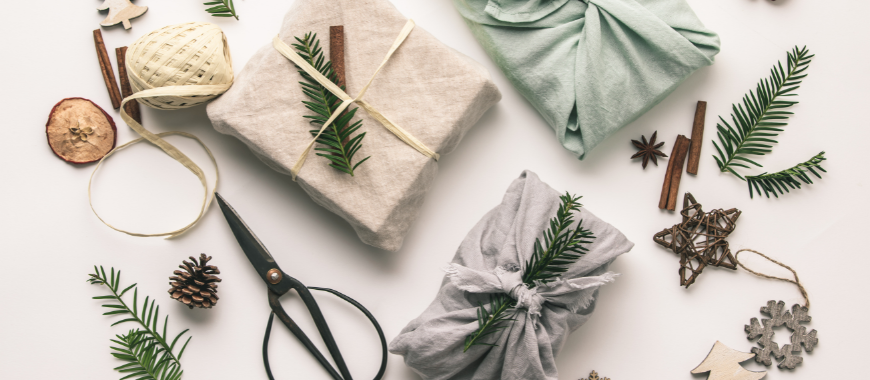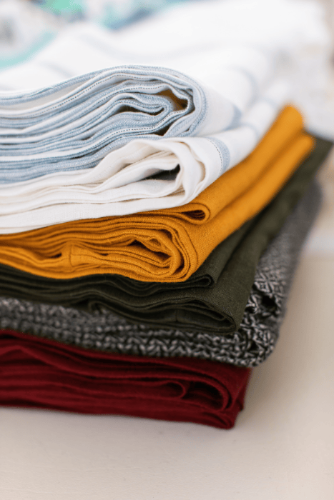Fabric Care: Laundry Pt. 1

The world of fabric and laundry can be so contradictory and confusing. If you were to read any clothing tag or fabric manufacturer’s care instructions, you’d be treating each piece as if it belonged in the Smithsonian Museum. Meanwhile, modern life has us running at the speed of light, with everything a drive-thru-wash-and-go-optimize-your-every-second race against not being “productive enough” and also, don’t forget to save the planet.

Fabric usually isn’t as fragile as we are told. For example, silk can be strong enough to carry a parachuter down to earth, but, have you ever dry cleaned a silk blouse? After a year, it looks over-baked. The luster is lost, the seams are ragged, and it just doesn’t have the life it once held. On the other hand, how likely is it if you hang-dry-only that new rayon challis dress, a household member won’t toss it in the dryer? How much time do you have? Do you really want to memorize every possible cycle combination on your washer?

Welcome to the Sewing Studio’s multi-part series on fabric care and laundry where we share experience, opinions, and hilarious mishaps. Is any of this set in stone on Mount Sinai? No, nor do I hope that any of us are ever done learning and evolving. Your water may be different than mine. Your washer may be different than mine. Your child may throw your wool sweaters in the dryer less often than mine. The detergents available in your area may be different. Your brand loyalty, hard won habits, and experience may be different.
Fabrics
Note. In a later post, I will address detergent in great depth, but for the duration of this post, you can assume soft, cold water and an eco-friendly, mild detergent in an HE machine. Never fabric softeners & never hot water. Of course anything I’ve found success throwing in the washing machine and/or dryer will last longer hand-washed and air dried.

Silk
I machine wash and dry silks. Correction. I machine wash and dry WOVEN silks. Cold water wash and medium dry. If you don’t have a medium dry option on your dryer, you may want to test the regular dry temperature. I find the regular dryer temp to be unnecessarily hot, so you may want to air dry if that is the finding on yours. I’d like to tell you that I put it in a delicates bag and wash it on gentle, but I don’t. This goes for silk-blends as well. It all goes in the wash. I keep an Anne Taylor Loft silk shell I want to trace off from my office-dry cleaning days, but it has been rendered completely unwearable from dry cleaning. I’ll address delicate knits later, but silk is not a delicate woven. It does lose some strength when wet, so maybe don’t throw it in with your dungarees, but it will be just fine in the wash. The only caveat is you may want to check the dye fastness of some silks to be sure you don’t lose the vibrancy of the colors in the wash. Cold water and a mild detergent shouldn’t cause dye loss, but it’s best to be safe.

Now, I make an exception here for something fine and textured like a plissé, metalassé, or other special weave. Naturally, if the Studio gets in a fine, fashion house deadstock with a special texture, you may want to gently hand-wash the fabric so has not to lose the texture. Check the dye-fastness on a scrap first.

Linens & Cottons
Woven linen and cottons are treated the same in my book. Machine wash cold, dry medium, iron hot with all the steam. Probably repeat the pre-wash a few times to get all the shrinking out, especially with linen and denim/twills. Linen is a long-staple fiber and you can find 100-year-old-plus linen table cloths at estate sales that certainly were not handled gently. Thin cotton batiste and voile is still used to this day in baptismal garments. These are both fairly well understood to be sturdy, long-lasting fibers that also break down quickly when composted, so bonus for the environment when you are done with them.

Rayon (+ tencel, viscose, bamboo)
This is where I get controversial again. I throw rayon challis and crepe in the machine washer and dryer. I treat woven rayon like cotton. IF your seams are secure in your garment, you won’t have any issues. If you have tiny, fragile 1/4 inch bias bound armholes and straps, you may want to treat it more like lingerie and hand-wash. But a rayon challis dress? I leave the full seam allowance, run the seam allowance through the serger, and it gets thrown in with the cotton and linen. Best part: if you pop it on a hanger right out of the dryer, it’s perfectly ironed.

Wool
Wool. Oh the controversies around wool. To be fair, the only 100% wool I have safely machine washed and dried without losing any size or quality is wool challis. I’ve been able to treat wool challis like rayon challis for years without quality loss. I do pre-wash and dry most of my wools, such as shirt-to-slacks weight, in the washing machine and in the dryer so that in case it accidentally goes through later, it won’t be a total loss. That said, I’ve tried treating a slacks-weight wool crepe like I treat wool challis, and they did gradually get shorter! The washing machine and dryer agitation will cause shrinkage and fiber degradation in wool. I’ll address knits as a whole below, but I also pre- machine wash and dry my merino knit winter base layers as they most often accidentally go through the wash again later. For coat- and blanket-weight wools, I put them in the knit-care category below.

Synthetics
Sometimes Lycra and Polyester happen. For me personally, the only synthetics in my closet are in the form of lingerie or athletic pants/shorts. For that reason, I treat these items like I do knits/delicates. They get hand-washed and air dried. The data coming out about micro-plastics and forever chemicals is frightening, so I choose to make what few synthetics I do use last as long as possible. The Studio rarely carries synthetics outside of athletic apparel for much of the same reasons.

Knits
Knits, how I love thee. I cannot physically knit or crochet, so any precious hand-knit item I’m gifted or fabric I purchase in a sweater-knit, like the linen-wool deadstock above that is marinating in my stash, I treat lovingly and with care. The Studio gets in a lot of wool and wool-blend knits, which as an outdoor lover I purchase a lot of, so these also fall into the “lovingly and with care” category. French terry, sweatshirt fleece, jerseys, etc., I vary on how much I love it and want to keep it forever. My concert & novelty t-shirts get thrown in the wash with my jeans, for example. My wool & wool-rayon blend jersey knits, I pre-washed and dry in the machines, but do try to hang dry after the initial prep. Sometimes they slip through. I did prewash the linen-wool knit above in the machines, and it held up beautifully, but going forward it will get the Soak and Salad Spinner Treatment* with my lingerie and other precious knits; larger items like coat- and blanket-wools get a tub soak.
Knits, in my experience, deteriorate in machine washing and drying faster than most any other fabric. To keep aligned with my eco-conconcious choices by making my clothes last and still remaining sane in a fast-paced world, I tend to either machine wash on delicate or hand wash, and then air dry. I have an outdoor clothes line, a drying rack, and a Japanese indoor hanging rack like the ones sold at Muji.

I hope you’ve enjoyed the first in the Studio’s Fabric & Laundry Series. Stay tuned for Part 2! I’ve researched a LOT of detergents so you don’t have to, including the *Soak & Salad Spinner technique reference above in KNITS.
Make sure you’re signed up HERE for the Studio’s emails and never miss a sale!
Guest Author Series
Becky Jo’s Laundry Resume: I’ve done a LOT of laundry. Growing up poor in a rural area with younger siblings, I was washing cloth diapers and hanging them on the line to dry from the age of 8. I have 4 children of my own, also mostly cloth diapered for environmental reasons (this will be relevant later when we get to the detergents & stains parts of the series.) My career has spanned working in my parents’ bowling alley washing kitchen towels & grease rags to suits-required-corporate jobs with the dry cleaning bills to match. You might say I’m something of a laundry savant.
This blog was originally posted on July 5, 2023.


